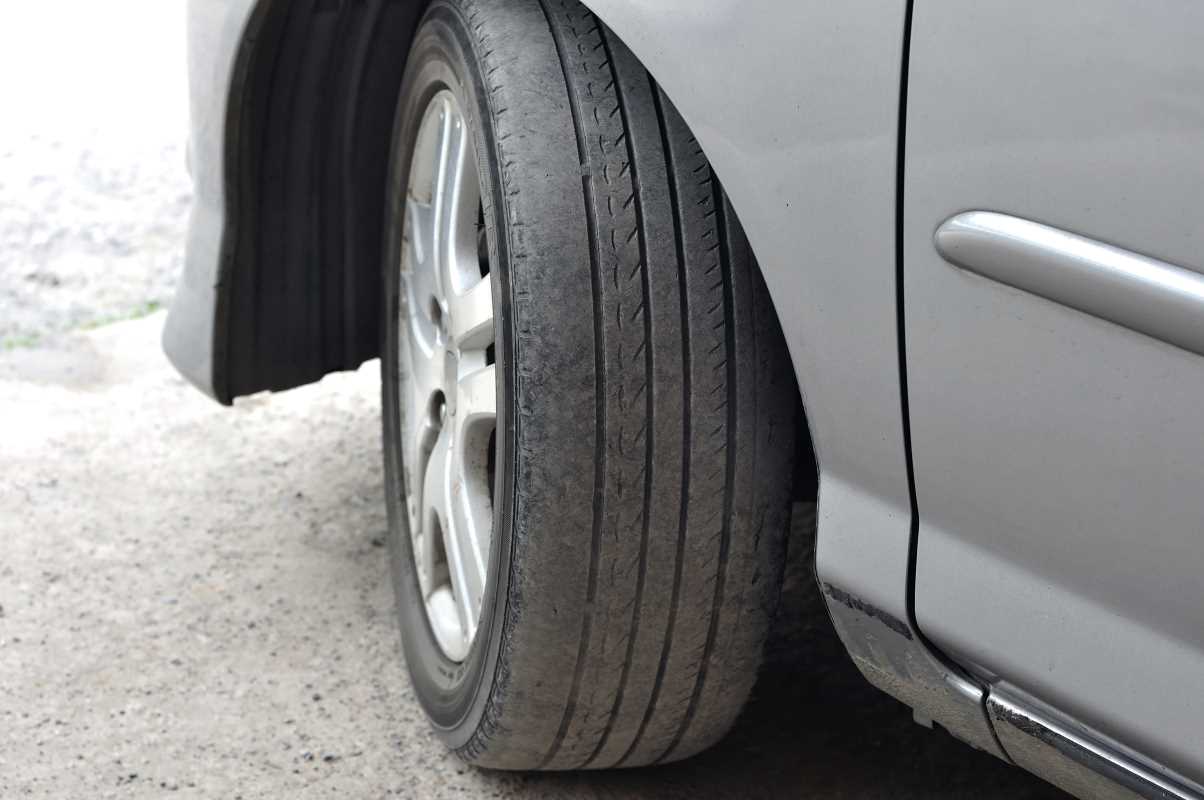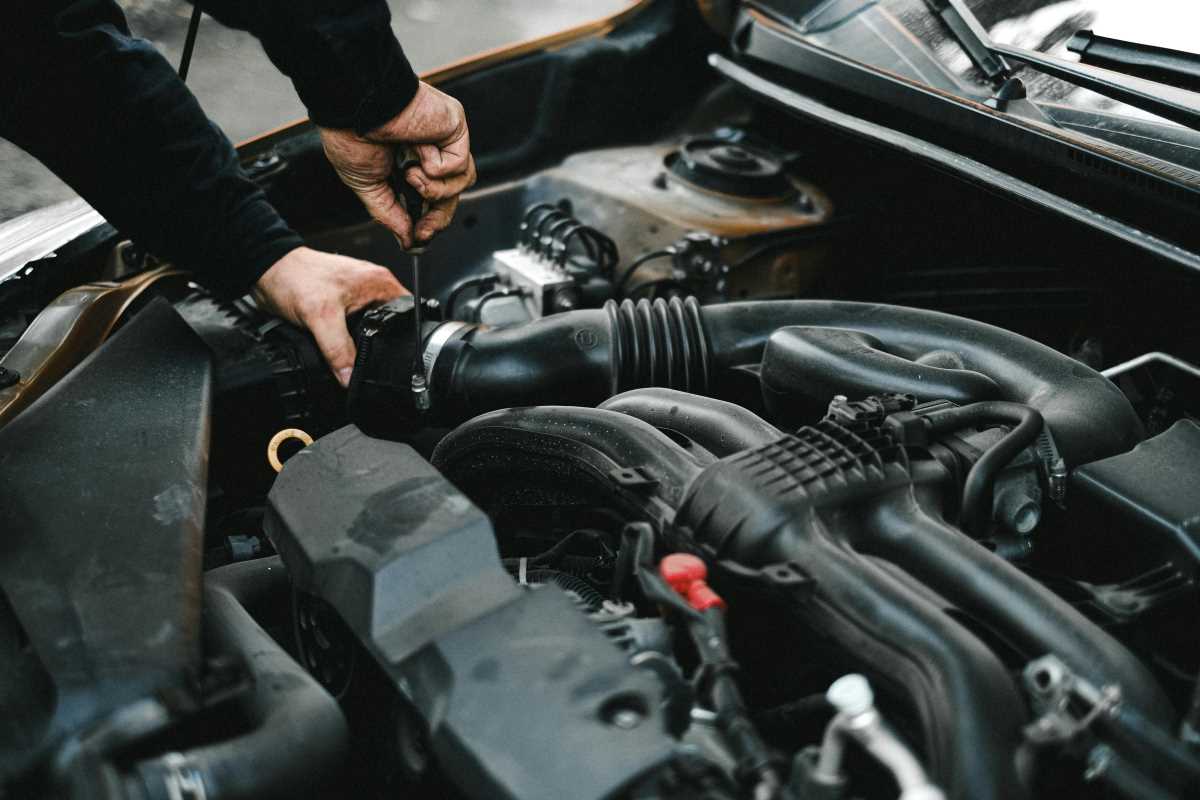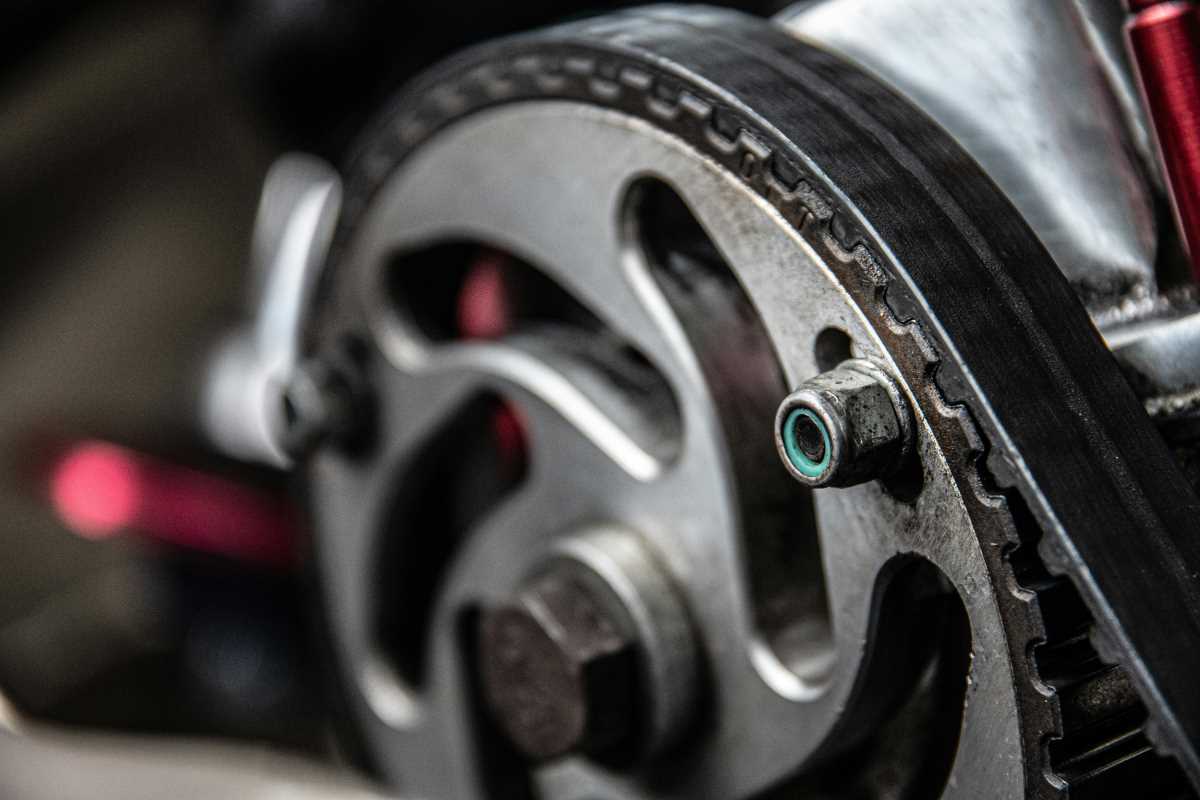Your car’s tires are the only part of the vehicle that touches the road, making them crucial for your safety, comfort, and fuel efficiency. Proper tire maintenance can help you avoid accidents, save money on fuel, and extend the life of your tires. To make it easy for you, we’ve put together this detailed FAQ guide to address everything you need to know about keeping your tires in top shape.
How Often Should I Check My Tire Pressure?
Maintaining the correct tire pressure is one of the easiest and most important parts of tire care.
- Frequency: Check your tire pressure at least once a month and before long road trips. Changes in temperature can cause the pressure to fluctuate, so be extra vigilant during seasonal changes.
- How to check: Use a reliable tire pressure gauge and compare the reading to the recommended PSI (pounds per square inch) listed in your car’s owner manual or on the sticker inside the driver’s door.
- Why it matters: Underinflated tires wear out quicker, reduce fuel efficiency, and can overheat. Overinflated tires decrease traction and can lead to a bumpy ride or even blowouts.
Pro Tip: Check your spare tire’s pressure as well. You don’t want to find out it’s flat when you need it most!
What Is Tread Wear, and How Can I Monitor It?
Tread depth is a key factor in how well your tires grip the road, especially in wet or snowy conditions.
- What to look for: Over time, tire treads wear down, and when they get too shallow, your tires lose their ability to channel water, snow, and dirt away from the driving surface.
- How to measure: Use the penny test! Insert a penny into the tread with Lincoln’s head facing down. If you can see the top of his head, your tread depth is below 2/32 of an inch, and it’s time for new tires.
- Signs of uneven wear: If one side of the tread is more worn than the other, it could be a sign of poor alignment or improper inflation.
Reminder: Tires are legally required to have at least 2/32 of an inch of tread, but replacing them when they wear down to 4/32 can improve safety in wet conditions.
Do I Really Need to Rotate My Tires?
Yes! Tire rotation evens out wear and prolongs the lifespan of your tires.
- What is tire rotation? It involves moving your tires to different positions on the vehicle to ensure even wear. For example, the front tires may be moved to the rear and vice versa.
- How often? Rotate your tires every 5,000–7,500 miles, or follow the schedule recommended in your owner’s manual.
- Why it’s important: Front tires wear faster due to the weight of the engine and steering forces. Regular rotation prevents uneven wear patterns.
Quick Tip: Combine tire rotation with oil changes to make it easier to remember.
What’s the Difference Between Balancing and Alignment?
Balancing and alignment are two separate but equally important tire services.
- Balancing: Ensures the weight of the tire and wheel is evenly distributed. If you feel vibrations in the steering wheel or seat at certain speeds, your tires may be out of balance.
- Solution: Have your tires balanced whenever you install new tires or feel vibrations while driving.
- Alignment: Refers to adjusting the angles of your car’s wheels so they meet the manufacturer’s specifications. Misalignment often causes your car to pull to one side or results in uneven tire wear.
- Solution: Have your alignment checked at least once a year or if you hit a pothole or curb.
Both services improve your car’s handling and ensure even tire wear, enhancing performance and safety.
How Should I Care for My Tires Each Season?
Different seasons bring unique challenges for your tires. Here’s how to adapt:
- Summer: High temperatures can increase tire pressure. Monitor it frequently and look out for cracks caused by prolonged heat exposure. Consider switching to summer tires for improved traction.
- Winter: Cold weather causes pressure to drop, so check levels often. Use winter-specific tires for better grip on snow and ice.
- Spring: Inspect tires after the harsh winter. Look for damage caused by snow, road salt, and potholes.
- Fall: Ensure your tires are ready for upcoming winter conditions. Replace worn tires and check for alignment or pressure issues before the first frost.
Seasonal Pro Tip: Store off-season tires in a cool, dry place to prevent cracking or dry rot.
When Should I Replace My Tires?
No matter how well you take care of your tires, they’ll eventually need replacement. Here’s how to know when it’s time:
- Tread depth: Replace tires once the tread reaches 2/32 of an inch. Use the penny test or a tread depth gauge to measure.
- Age: Tires naturally degrade over time, even if they look fine. Most manufacturers recommend replacing tires every 6–10 years, regardless of tread.
- Damage: Replace tires with large cracks, bulges, or punctures larger than ¼ inch. Repairs for bigger damage can compromise safety.
- Mileage: Depending on the tire type and driving conditions, most tires last between 25,000 and 50,000 miles, but high-performance tires may wear out sooner.
Always replace tires in sets of two or four to maintain balanced handling.
How Can I Maximize Tire Longevity?
Aside from regular maintenance, here are some habits to extend the life of your tires:
- Drive carefully: Avoid aggressive starts, hard braking, and fast turns, as they put additional strain on your tires.
- Avoid curbs and potholes: Impact damage can weaken your tires and lead to bulges or blowouts.
- Maintain proper load limits: Overloading your vehicle puts extra pressure on your tires, causing faster wear and potential blowouts.
- Store tires properly: If you use seasonal tires, clean and store them in a cool, dark, and dry place to prevent degradation.
Good habits, paired with routine care, go a long way toward keeping your tires in top shape.
Should I Invest in Tire Accessories?
Certain accessories can make tire care easier and enhance safety.
- Tire pressure monitoring system (TPMS): Monitors tire pressure and alerts you to drops while driving.
- Tire repair kit: A handy tool for patching minor punctures when you’re on the road.
- Wheel locks: Protect your tires and rims from theft.
- Tire covers: Ideal for protecting stored tires from sunlight, moisture, and dust.
While not essential, these accessories can add convenience and peace of mind.
Proper tire maintenance is one of the easiest ways to keep your vehicle safe, improve performance, and save money in the long run.
 (Image via
(Image via





